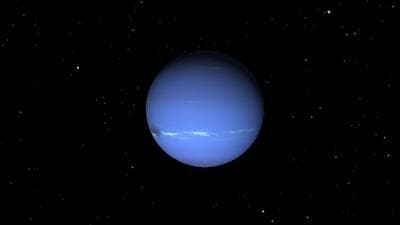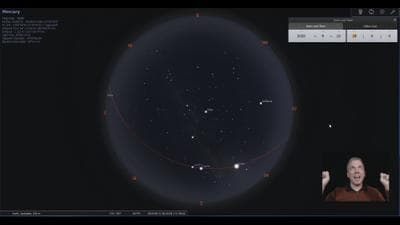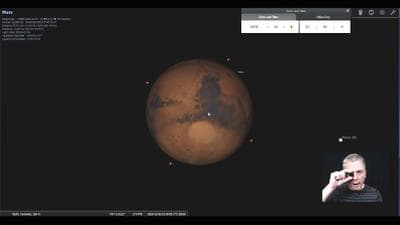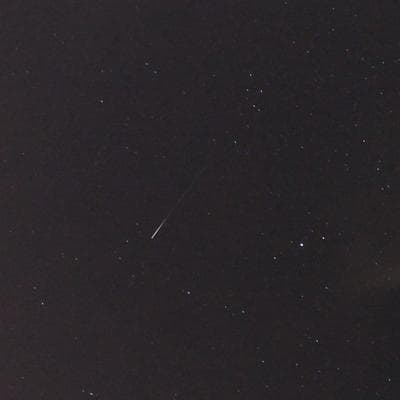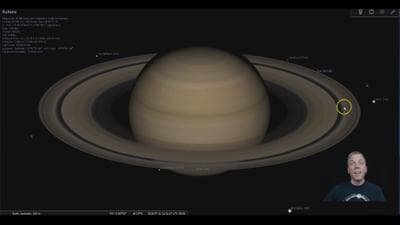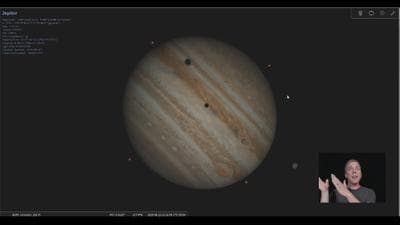
Eyes on the Sky
with David Fuller
with David Fuller
Astronomy Articles
Videos
How to find and observe Neptune this year
David Fuller — October 11, 2020Neptune may be far, but it is suprisingly easy to see - even in binoculars! The trick is knowing where to look, and I've got a couple tricks to make tracking down this planet super easy and simple.The autumnal equinox and a cosmic perspective
David Fuller — September 18, 2020Did you know it is possible to look towards the center of our galaxy, as well as the complete opposite direction, out towards the outer arms of the Milky Way, looking towards the rest of the cosmos? It's true. And you don't need a telescope to do it - just a bit of knowledge of where each point is located in the sky, so you can look that way.The best time to see Mars until 2035
David Fuller — August 21, 2020It may seem a little hyperbolic to say it is the best time to see Mars until 2035 - but it's true! In two years - well, about 26 months - we will get another good look at Mars when we are closest to it again.Perseid Meteors Observing in 2020
David Fuller — August 10, 2020When is the best time to see the Perseid meteor shower in 2020? And how should I go about observing them? Where do I look? And when? All those questions answered, and more, here.How to best observe Saturn in 2020
David Fuller — July 21, 2020Saturn is arguably the best planet to observe - those rings! The 3D effect they create is stunning. But what else should you look for? And how can you see those features?Jupiter in 2020
David Fuller — July 16, 2020Jupiter isn't just the largest planet in our solar system - it is also the planet that appears largest in our telescopes. And yet... it still looks VERY small. How to tease out the most detail? What can you see? And it's possible to see moon shadows?!? (Hint: Yes!)
